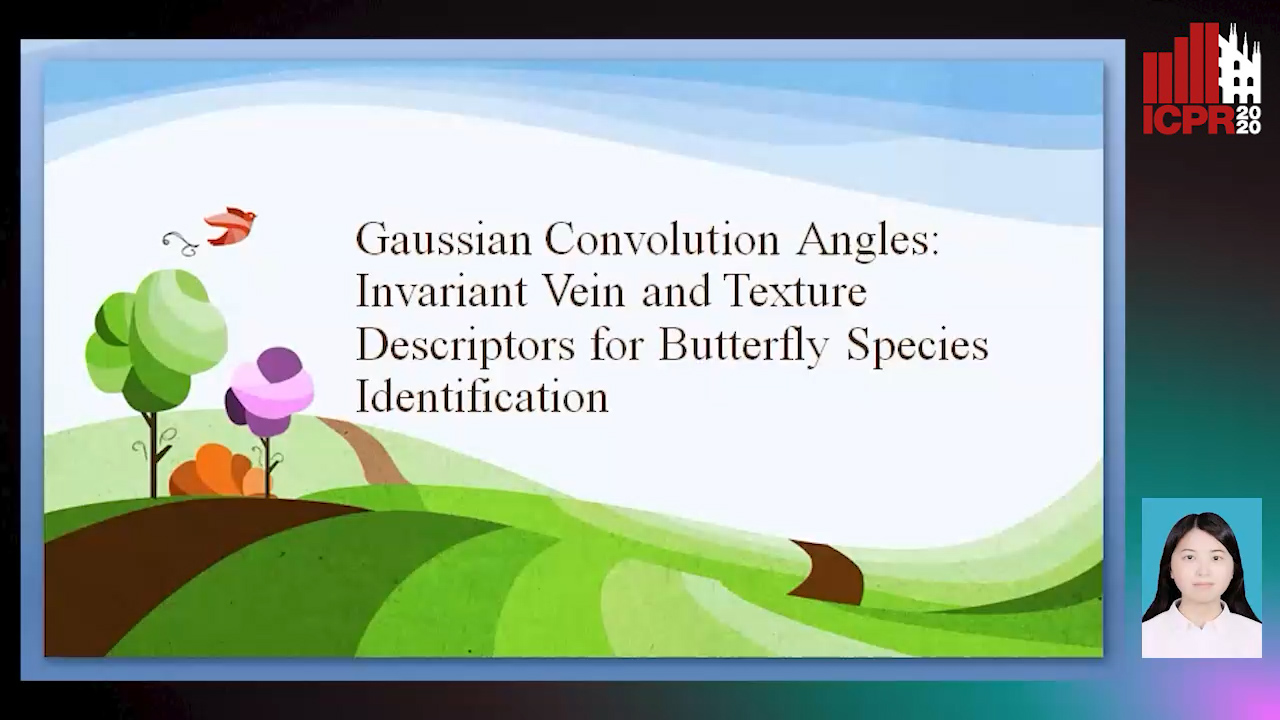Bin Wang
Papers from this author
DE-Net: Dilated Encoder Network for Automated Tongue Segmentation
Hui Tang, Bin Wang, Jun Zhou, Yongsheng Gao

Auto-TLDR; Automated Tongue Image Segmentation using De-Net
Abstract Slides Poster Similar
Gaussian Convolution Angles: Invariant Vein and Texture Descriptors for Butterfly Species Identification
Xin Chen, Bin Wang, Yongsheng Gao

Auto-TLDR; Gaussian convolution angle for butterfly species classification
Abstract Slides Poster Similar